
Experts Warn Europe must adopt ‘worst-case emissions scenario’ in climate plan
The Committee on the Climate Crisis of the Polish Academy of Sciences is urging that the future European Climate Adaptation Plan (ECAP) adopt the emissions worst-case scenario as a planning baseline, warning that immediate action is needed to adapt to climate change that has already occurred and to limit further warming.
-
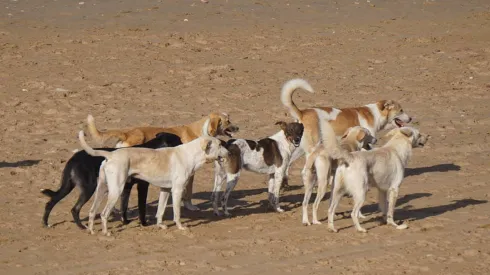
Polygamy in dogs may have driven their domestication, study finds
The domestic dog is the only canid species whose primary mating system is polygamy, a trait that may have played a key role in its domestication and the spread of dog genes, according to a study led by a Polish researcher and published in the Proceedings of the National Academy of Sciences (PNAS).
-
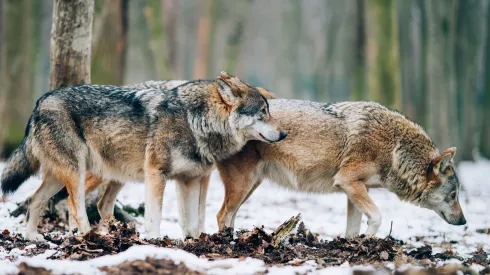
Illegal poultry carcass storage linked to rising wolf–human conflicts, study finds
Illegally stored poultry carcasses on or near farms attract wolves and increase the risk of conflicts between predators and humans, according to a new study by Polish scientists, who are calling for urgent inspections of factory farming operations.
-
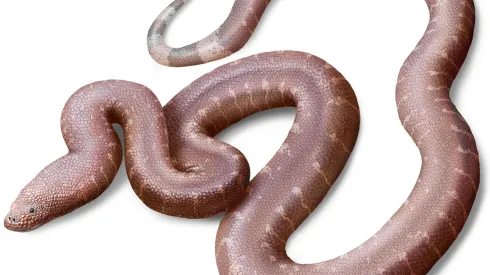
New snake species from 37 million years ago sheds light on early evolution of 'advanced snakes'
A newly identified snake species from 37 million years ago is providing rare insight into the early evolution of caenophidians, the group that today dominates snake diversity worldwide, according to palaeontologists who described the fossil based on material from southern England.
-
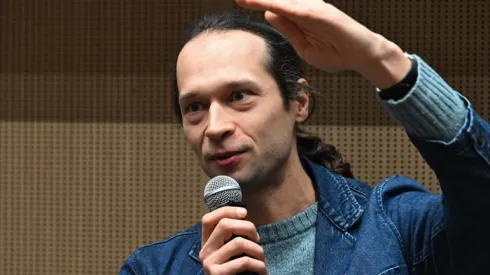
Medieval farming boosted bio-diversity in Germany, study finds
Agricultural reforms introduced in early medieval Europe sharply increased biodiversity in parts of Germany and pushed species richness to levels higher than before human settlement, according to a study published in PNAS. The findings challenge the assumption that agriculture has historically harmed ecosystems, co-author Professor Adam Izdebski said.
-

Ancient silverfish reveal primitive evolution and unusual mating, Polish entomologist says
Silverfish, often regarded as nuisance household insects, belong to one of the oldest evolutionary lineages on Earth, says Professor Stanisław Ignatowicz, an entomologist from the Warsaw University of Life Sciences.
-

Bears have better conditions for migration in Poland’s Carpathian mountains as forests are overgrowing farmland, study finds
Contemporary opportunities for brown bear migration in the Polish Carpathian Mountains are largely the result of long-term land-use changes, particularly forest expansion on former farmland, according to new research from the Jagiellonian University.
-

Wolves more afraid of human voices than of barking dogs, study finds
Wolves fear human voices more than barking dogs or bird calls, scientists say. On the Hel Peninsula, wolves have likely established the smallest known territory in Poland.
-
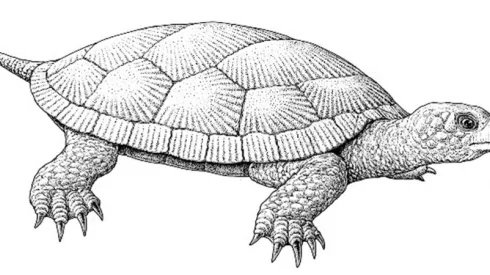
Fossil turtle Shells from Jurassic Poland record ancient ecological interactions, study finds
Scientists at the University of Warsaw have analysed unusual cavities preserved on the shells of sea turtles that lived 150 million years ago, concluding that the marks record ancient interactions with parasites, symbionts and predators.
-

Revolutionary detector could transform thermal imaging and gas detection
A detector that detects energy from near-infrared to thermal radiation at room temperature has been developed by Chinese researchers working with physicists from the Military University of Technology in Warsaw.













